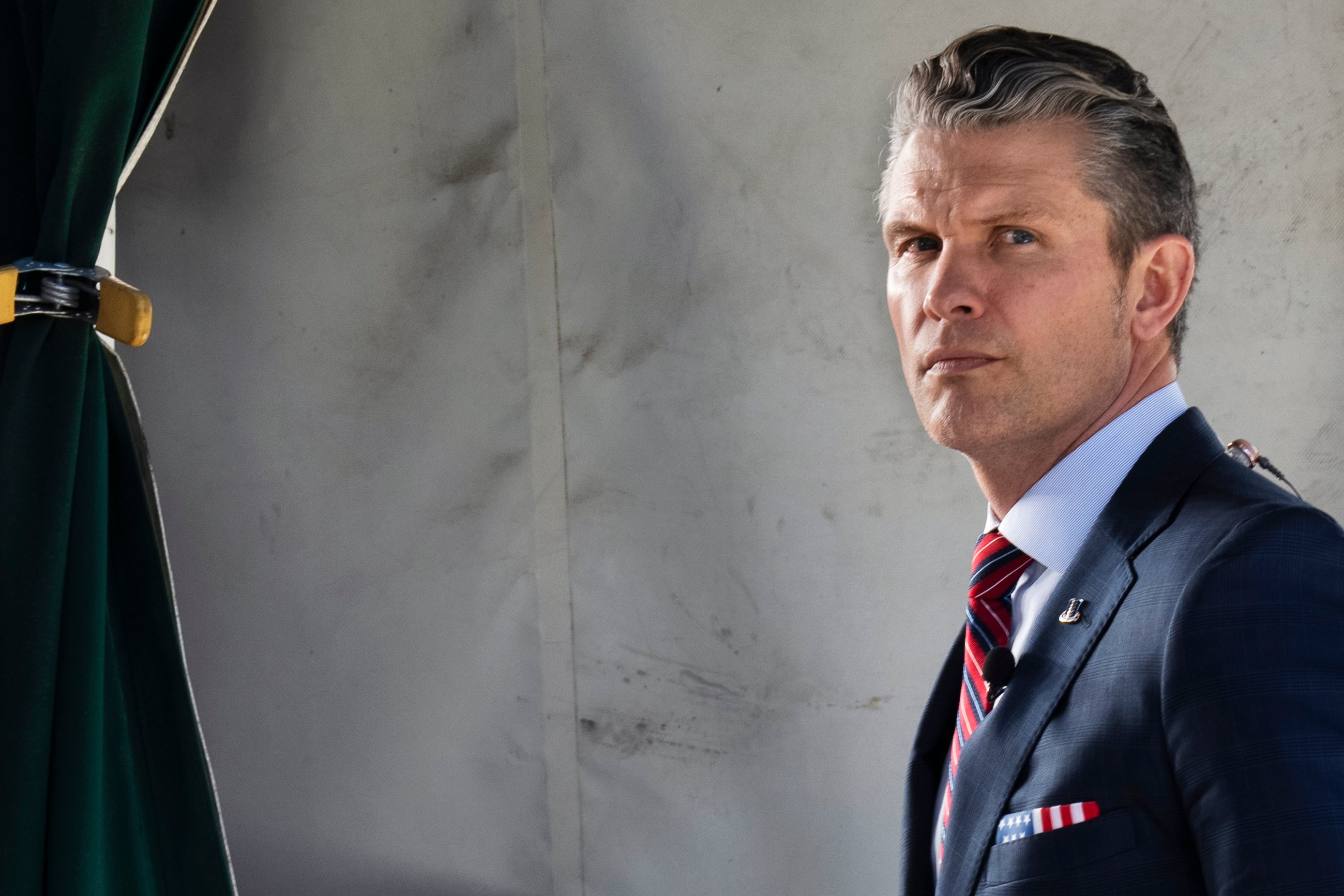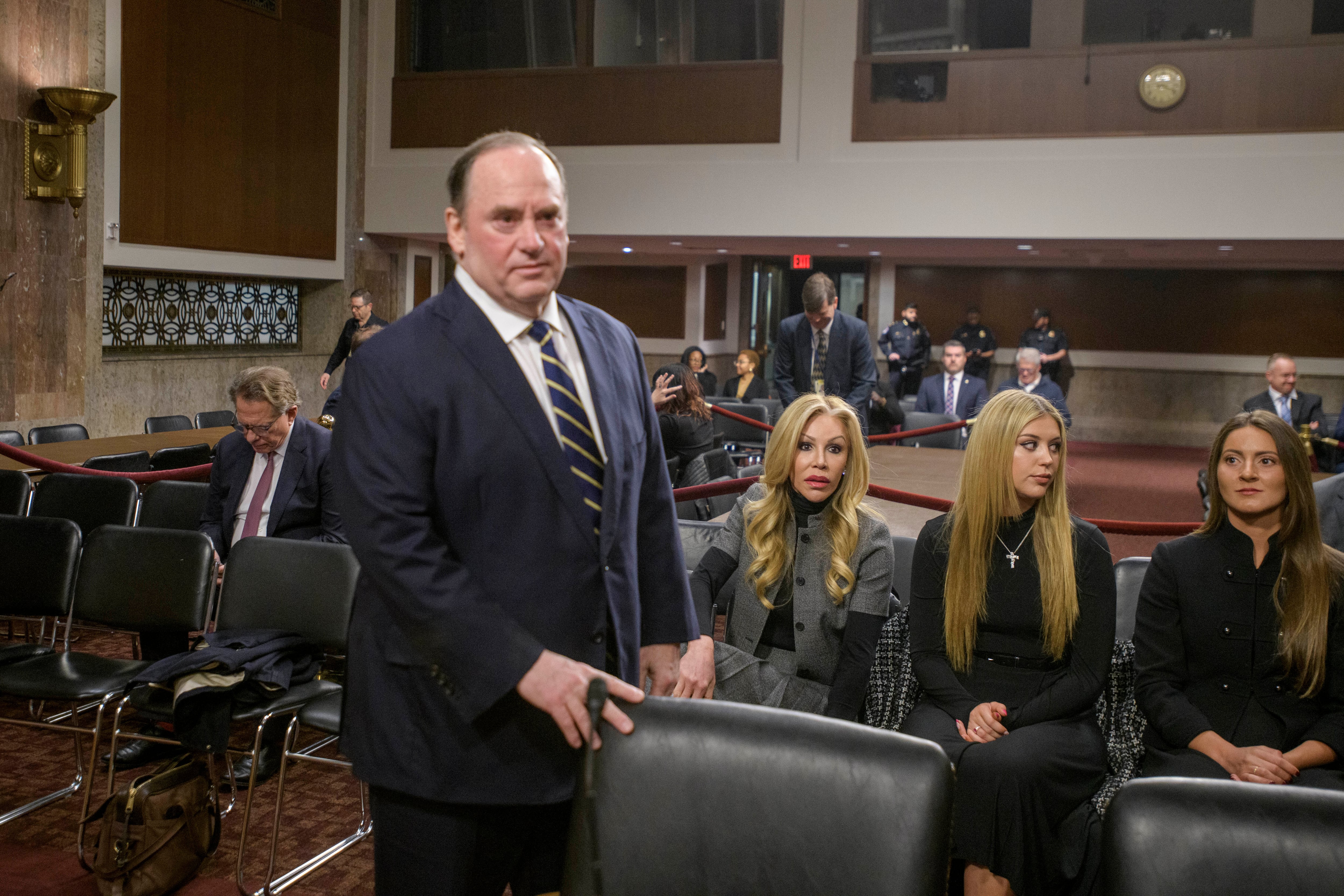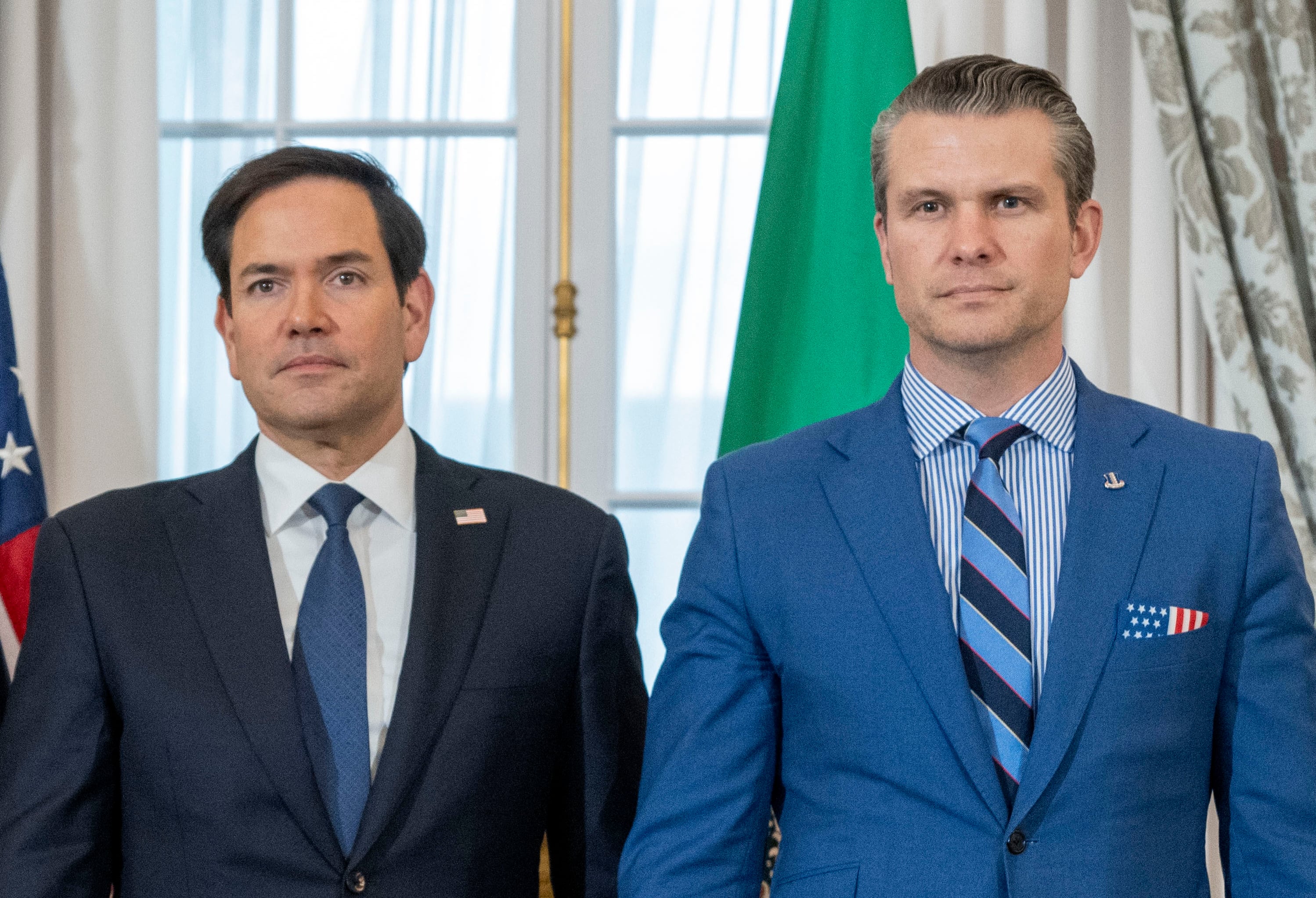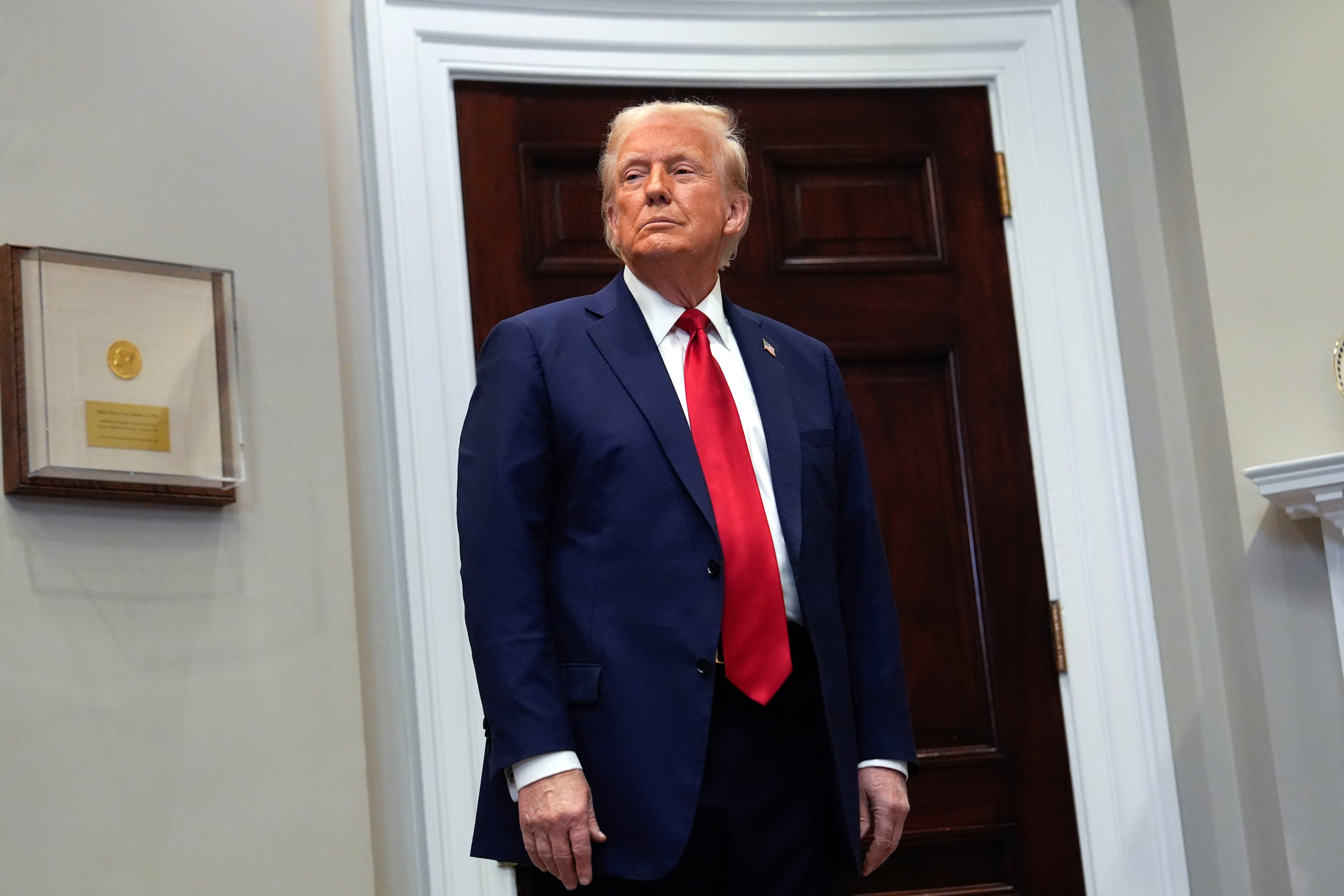The services have been opining about the importance of meeting Generation Z where they are, but it wasn’t until shelter-in-place orders forced them to go 100-percent remote that they really put those plans into action.
The pandemic hit just as the recruiting season was really picking up, in the spring and summer months, when high school seniors start to take a serious look at their post-graduation plans.
“COVID actually forced us to accelerate the process by which we go after today’s youth,” Defense Secretary Mark Esper told an audience at the Heritage Foundation on Thursday. “So what we tried to do is find that opportunity in a crisis.”
Esper particularly called out the Army for its efforts, which he had a hand in as the service’s civilian chief from late 2017 to mid-2019.
Two years ago, the service had a recruiting reckoning, when it fell more than 6,000 new soldiers short of its 2018 goal, at a time when it had finally been authorized to begin growing its ranks again.
Its recruiting command pulled out all the stops: a revamped website with more remote access talk to recruiters, standing up fitness and e-sports teams to tap into the hobbies of Generation Z high schoolers, a massive boost to presence in big, densely populated cities and urging recruiters to get on platforms like TikTok and Twitch.
Some of that backfired, but it was a revolution for military recruiting, which has largely relied on high school visits, small-town recruiting stations and generational word-of-mouth to bring in new recruits.
When the coronavirus pandemic hit, those virtual options became the only ones. Social media engagement, along with texting or calling prospects ― perhaps over Zoom ― became the priorities.
“All services were forced to accelerate that in the midst of COVID, of course, because things were shut down,” Esper said.
It appears to have worked, Esper added.
“I’m pleased to report right now that the numbers look good,” he said. “The services have met their marks.”
Data provided to Military Times by the Marine Corps and Navy shows that both services largely hit their active-duty goals, going a few over for Navy enlisted, as well as Marine Corps enlisted and officers. The Navy was short about 200 officers.
The Army brought in 62,150 new soldiers this year, according to Army Recruiting Command’s Maj. Gen. Kevin Vareen, though that was well below the original goal set late last year, of more than 68,000.
The Air Force had not yet provided data as of Thursday.
Months ago, as the pandemic picked up steam, officials said that they were optimistic about meeting recruiting, or at least retention, numbers, assuming that the uncertainty in the economy would push current service members to stay in and convince young Americans that the military was a stable option.
"So we haven’t really seen a drop in recruiting at all, but the accessions throughput has slowed down,” Matthew Donovan, defense under secretary for personnel and readiness, told Military Times in May.
Physical distancing requirements slowed down the number of new recruits coming in, as basic training units sought to prevent any spread of COVID-19 that they couldn’t detect with initial screening and testing.
“So we expect that there may be some shortfall in end strength by the end of the year, but the services are doing a lot of mitigation," Donovan said, including extending reenlistment periods, to give troops more time to decide whether to stay in.
This worked for the Army, which met its end-strength goal of 485,000 active-duty soldiers this year.
Meghann Myers is the Pentagon bureau chief at Military Times. She covers operations, policy, personnel, leadership and other issues affecting service members.





